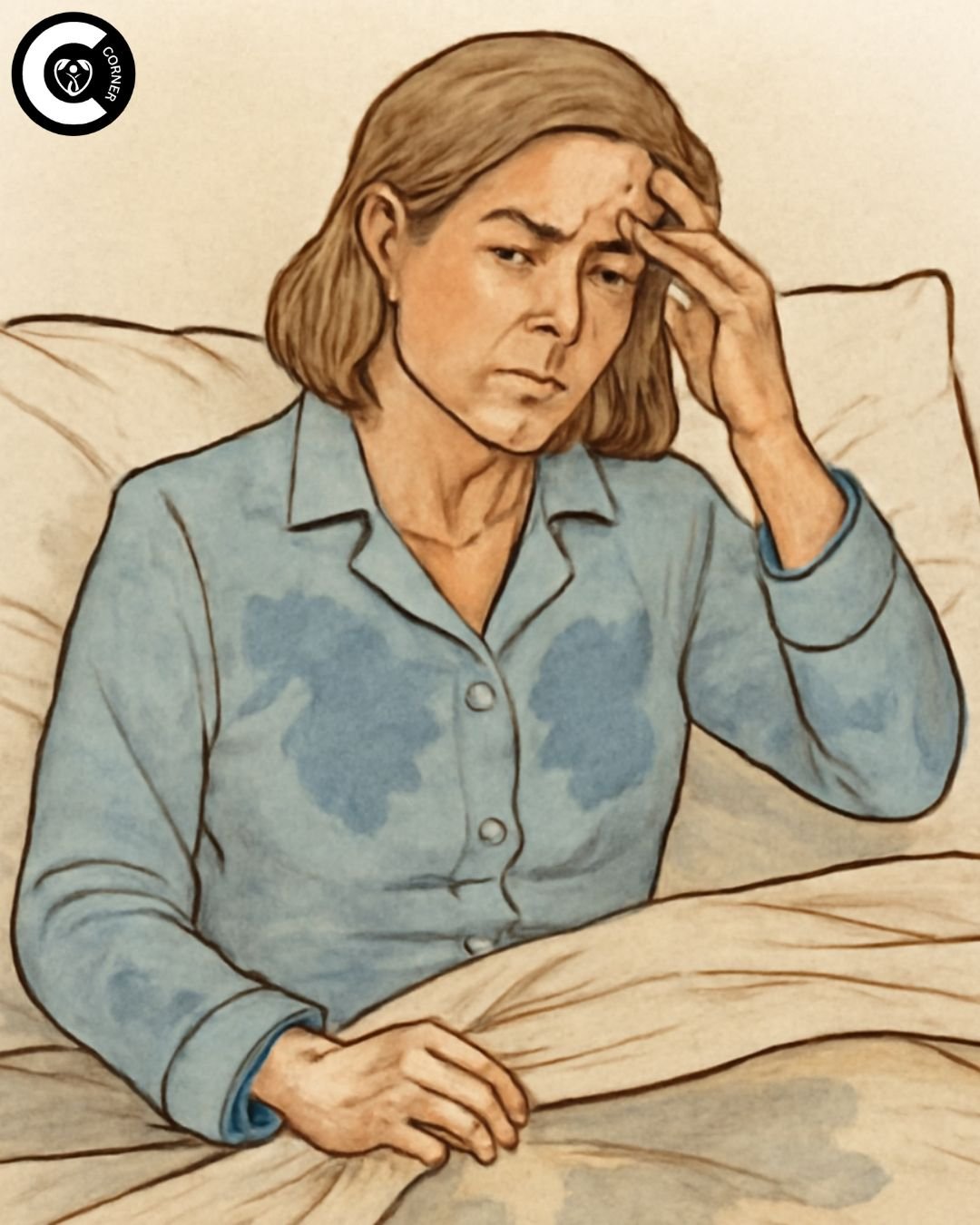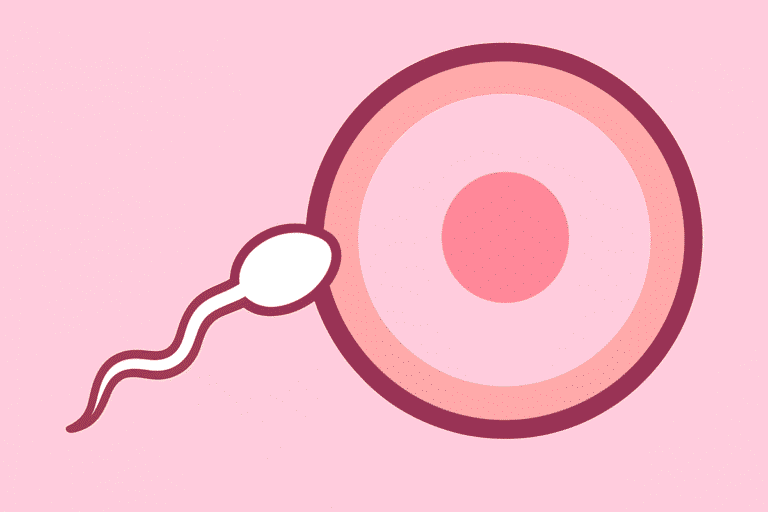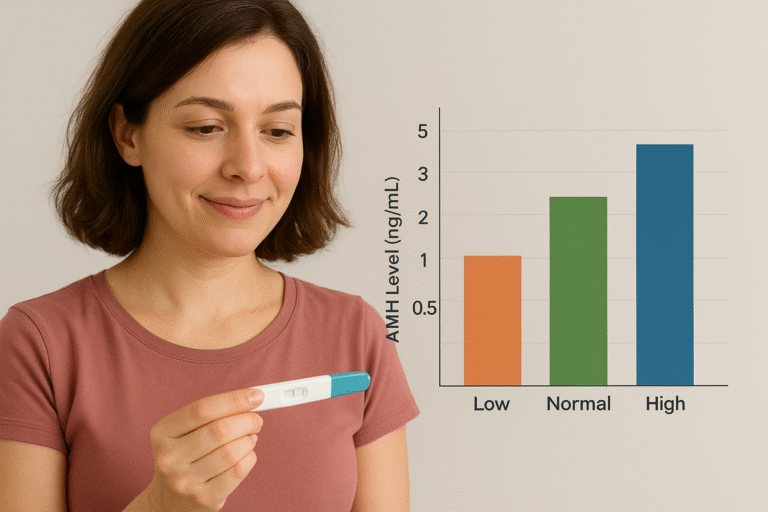If you’re a woman in your 40s or older, you may be experiencing some unexpected bodily changes that you’d rather avoid. Do you ever feel like you’re on fire from the inside out, are drenched in sweat in the middle of a meeting, or wake up at 3 AM soaked? You’re not the only one, and you aren’t imagining it. These strong feelings are vasomotor symptoms, which are the main markers of the hormonal changes that happen before and during menopause. Vasomotor symptoms, which mostly show up as hot flashes and night sweats, afflict a huge number of women at this stage of life. They can make it hard to sleep, change your mood, and disrupt your work and overall quality of life. But knowing is power.
The first step to feeling better and more confident is to understand what vasomotor symptoms are, why they occur, and, most importantly, how to manage them. This in-depth guide provides comprehensive coverage of everything you need to know about vasomotor symptoms. It offers practical advice on how to make this change easier, such as switching to a plant-based diet, maintaining a healthy weight, and incorporating resistance training.
What Exactly Are Vasomotor Symptoms?
Vasomotor symptoms (VMS) are the most common signs of the menopause transition, which includes both perimenopause and menopause itself. “Vasomotor” refers to the nerves and muscles that control how blood vessels open and close. In short, vasomotor symptoms occur when your body’s internal thermostat, located in the hypothalamus region of the brain, malfunctions. When this thermostat detects the core body temperature incorrectly, it causes the body to cool down excessively. This problem is closely related to lower levels of estrogen and other hormones. The two most common signs of vasomotor symptoms are:
- Hot Flashes (Hot Flushes): Sudden, strong feelings of heat that spread over the face, neck, and chest. They are often accompanied by noticeable flushing (reddening of the skin), a rapid heartbeat, and excessive sweating. After this, the body usually becomes cold, a condition known as a chill. Episodes might be as short as 30 seconds or as long as several minutes.
- Night Sweats: Night sweats are similar to hot flashes that occur during sleep. They can be severe enough to soak through sleepwear and bedding, making it difficult to sleep, leaving you feeling tired, and causing you to feel cranky the next day.
Hot flashes and night sweats are the main symptoms. However, vasomotor symptoms can sometimes come with other feelings like heart palpitations, anxiety, or a sense of pressure in the brain during an episode. It’s essential to recognize that these are typical vasomotor symptoms and not indicators of a more serious condition.
Why Do Vasomotor Symptoms Happen?
The main cause of vasomotor symptoms is the large changes in reproductive hormones, especially estrogen, that happen when a woman gets closer to menopause (defined as 12 months in a row without a period). Estrogen plays a crucial role in regulating the hypothalamus, a region of the brain responsible for maintaining the body’s comfortable temperature. The hypothalamus gets more sensitive to even small changes in core body temperature as estrogen levels fluctuate and subsequently drop during perimenopause and menopause.
It incorrectly thinks the body is too hot and activates its strong cooling systems, which include opening blood vessels near the skin’s surface (which makes you feel hot and flushed) and producing perspiration to evaporate and cool the skin. This chain reaction causes the strong wave of heat and heavy sweating that are typical of a hot flash or night sweat. Estrogen reduction is the primary cause, although changes in other hormones (such as progesterone and testosterone), neurotransmitters (like serotonin and norepinephrine), and a person’s genetic makeup can all influence the frequency and severity of vasomotor symptoms.
Recognizing the Spectrum: More Than Just Heat and Sweat
The primary sensation is heat and sweating, but vasomotor symptoms can vary significantly from woman to woman and even from episode to episode in the same woman. It is easier to recognize and deal with them when you know this range:
- Severity: Vasomotor symptoms can range from minor (a short, warm feeling) to severe (intense heat, profuse sweating, a pounding heart, and feeling faint).
- Frequency: Some women have sporadic flashes, maybe a few times a week. Some people have them considerably more often, even every hour of the day and night, which makes living very hard.
- Duration: Each episode typically lasts a few minutes; however, the total time someone experiences vasomotor symptoms can vary significantly. The average duration is roughly seven years; however, some women experience them for a brief time, while others may have them for ten years or more.
- Triggers: It’s essential to identify your triggers. Some common causes are:
- Environment: Warm rooms, hot weather, saunas, and hot baths or showers.
- Dietary: Foods that are spicy, hot drinks, caffeine, alcohol (particularly red wine), and big meals.
- Emotional: Stress, worry, anger, and feeling like you can’t handle it.
- Physical: Wearing tight clothes, using synthetic textiles, or doing anything suddenly.
When Do Vasomotor Symptoms Disrupt Your World?
People who haven’t experienced them may think that hot flashes and night sweats are minor issues. However, for many women, the truth is quite different. The effects of long-lasting vasomotor symptoms go far beyond just feeling bad for a short time:
- Lack of sleep: Frequent night sweats are a big reason why people have chronic insomnia and broken sleep. When you wake up drenched, you have to change your clothes and bedding, which makes it very hard to fall back asleep. This lack of sleep over time can lead to extreme tiredness, difficulty focusing (“brain fog”), and reduced productivity.
- Emotional Wellbeing: A lack of sleep, hormonal changes, and the continual tension of waiting for the next hot flash can all significantly impact mood. People with strong vasomotor symptoms often feel more irritable, anxious, melancholy, and even depressed.
- Work and Social Life: The fact that hot flashes can happen at any time can make people quite anxious at work and in social situations. Being afraid of getting red and sweating in front of people during a conference, presentation, or social event might lead individuals to avoid those situations and feel less confident.
- General Quality of Life: A woman’s overall sense of wellbeing and pleasure in life can be significantly impacted by sleep disturbances, mood fluctuations, and social anxiety during what should be a joyful time. Recognizing this significant effect is crucial for identifying effective ways to manage it and seek assistance.
Effective Management Strategies for Vasomotor Symptoms
The good news is that you don’t have to keep your pain to yourself. Vasomotor symptoms are a normal part of the transition for many people. Still, there are various ways to control their frequency and intensity, which can greatly improve your quality of life. A multi-pronged strategy that includes changes to your lifestyle, nutrition, exercise, and sometimes even medical treatment is often the best approach.
Foundational Lifestyle Tweaks: Your First Line of Defense
Making small changes to your routine and surroundings can help you deal with vasomotor symptoms:
- Master Your Thermostat: Keep the places where you live and sleep cool. Open windows, use fans (ceiling, desk, bedside), and air conditioning. Wear light, breathable layers that you can easily remove when you experience a heat flash. Natural fibers, such as cotton or linen, are best.
- Become a Trigger Detective: Write down your symptoms for a few weeks. Please record the time, severity, and your activities, food intake, and emotional state before each hot flash or night sweat. You can avoid or reduce your triggers if you know what they are.
- Cool Down Strategically: When you first experience a hot flash, drink cool water, apply a cold washcloth to your neck or wrists, use a portable fan, or step outside for some fresh air.
- Stress Less, Breathe More: Stress is a significant cause; therefore, it’s essential to utilize stress-reduction measures. Deep breathing exercises (particularly timed breathing), mindfulness meditation, yoga, and tai chi are among things that can help relax the nervous system and make vasomotor symptoms less frequent and less severe.
- Prioritize Sleep Hygiene: To stop night sweats, make your bedroom as comfortable as possible by keeping it cold (around 65°F or 18°C), using bedding that wicks away moisture (such cotton or special cooling sheets), wearing light pajamas, and not eating heavy meals, drinking alcohol, or drinking caffeine close to bedtime. Think about getting a fan for your bedside.
Fueling Your Body Right: The Power of a Plant-Based Diet
What you consume has a big effect on vasomotor symptoms. New research firmly supports the idea that switching to a mostly plant-based diet has many benefits:
- Phytoestrogens: Some plant components that have a weak estrogen-like effect (including isoflavones in soy and lignans in flaxseeds) may help some women balance their hormones and make hot flashes happen less often and less severely. Add full soy foods like tofu, tempeh, edamame, and unsweetened soy milk.
- Foods that cool you down: Focus on full, unprocessed foods that are high in fruits, vegetables, whole grains, and legumes. These foods are typically rich in water, fiber, and antioxidants, which are beneficial for your health and may even help cool you off. You should eat a variety of foods, including cucumbers, celery, melons, and leafy greens.
- Avoid Dietary Firestarters: Refrain from consuming foods known to trigger hot flashes, such as spicy foods, caffeine (found in coffee, tea, and chocolate), alcohol (especially red wine), and overly sweet or processed foods.
- Stay Hydrated: Not drinking enough water can exacerbate vasomotor symptoms. Drink plenty of water throughout the day. Please bring a water bottle with you and sip on it often. Teas made from herbs like peppermint or sage, which are frequently used for menopause, can also be beneficial. However, it’s best to avoid teas that contain caffeine.
Weight Matters: Achieving and Maintaining a Moderate Weight
Studies have repeatedly found a relationship between body weight and vasomotor symptoms. Women who are overweight, especially those who have a lot of belly fat, generally have more frequent and severe hot flashes and night sweats:
- Fat as an Insulator: Body fat (adipose tissue) acts as insulation, making it difficult for the body to lose heat, which can lead to more frequent hot flashes.
- Hormone Interactions: Estrone, a form of estrogen, is made by fat tissue. The primary cause of vasomotor symptoms is a decline in estrogen levels; however, alterations in adipose tissue production may also contribute to the condition.
- The Benefit of Moderation: Eating a balanced plant-based diet and exercising regularly can help you reach and keep a healthy weight. Not only is this beneficial for your overall health, but it has also been shown to help alleviate vasomotor symptoms. Even losing a small amount of weight (5–10% of your body weight) can make a significant difference.
Build Strength, Reduce Flashes: The Role of Resistance Training
Resistance training (sometimes called strength training) is a type of exercise that is especially good for treating vasomotor symptoms and improving overall menopausal health:
- Metabolic Boost & Weight Management: Resistance training builds lean muscle mass, which increases your resting metabolic rate and helps you burn more calories even when you’re not exercising. This is crucial for maintaining a healthy weight.
- Improved Thermoregulation: Over time, regular activity, including strength training, helps your body become more efficient at maintaining a stable temperature.
- Stress Reduction and Mood Enhancement: Working out is an excellent way to relieve stress. Resistance exercises release endorphins, which can help you feel better, reduce anxiety, and improve sleep quality. All of these factors can help mitigate vasomotor symptoms.
- Bone Health: Menopause increases the risk of osteoporosis, a condition of great importance. One of the most effective ways to maintain and increase bone density is through resistance exercise. This keeps bones from breaking. Perform bodyweight exercises like squats, lunges, and push-ups, or use light weights two to three times a week, gradually increasing the difficulty. Consulting a trainer is recommended for good form.
Embracing the Transition
Vasomotor symptoms, including those annoying hot flashes and night sweats that keep you up at night, are a very common but very personal part of going through perimenopause and menopause. It’s empowering to know that these vasomotor symptoms are a normal reaction to hormonal changes and not a sign of disease or weakness, even though they can be annoying and bothersome. You’re not the only one.
This is a journey that millions of women take. You can significantly influence how often and how severe they are by making smart adjustments to your lifestyle, such as adopting a plant-based diet that helps cool you down, aiming for a healthy weight, engaging in regular strength exercises and stress management, and identifying what triggers them. If you need to, don’t hesitate to ask your doctor for help exploring all your alternatives, from medical treatments to lifestyle coaching.
This stage of life isn’t just about managing symptoms; it’s an opportunity to prioritize your health and happiness like never before. Accept the information, put the plans into action, and move forward with confidence, knowing you have the skills to manage vasomotor symptoms and perform well effectively.





[…] Also read: Effective Management Strategies for Vasomotor Symptoms […]
[…] Also Read: Learn About Vasomotor Symptoms […]
[…] The Definitive Resource for Vasomotor Symptoms, Including Night Sweats and Hot Flashes […]